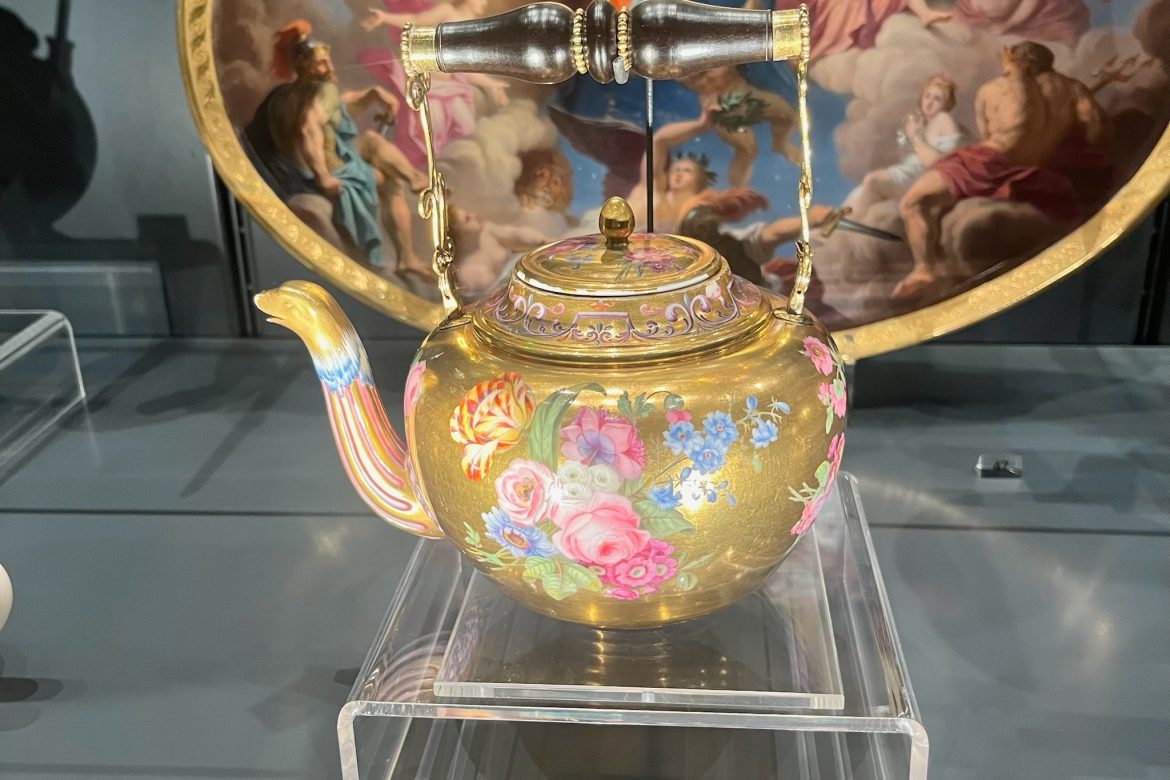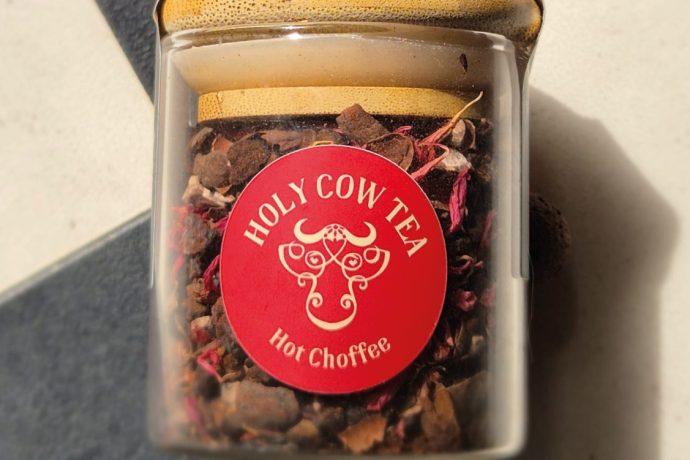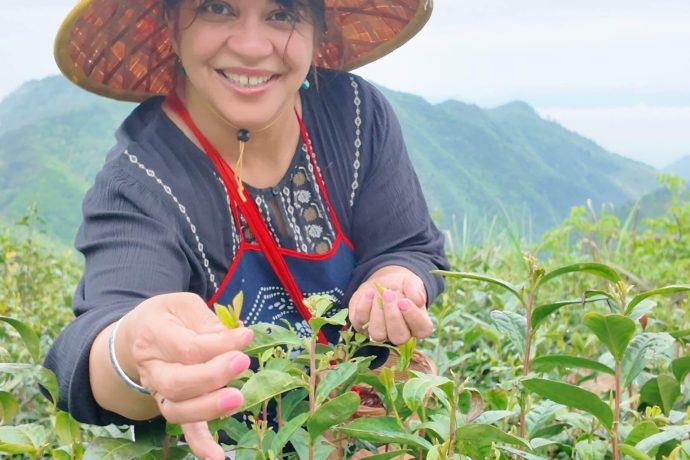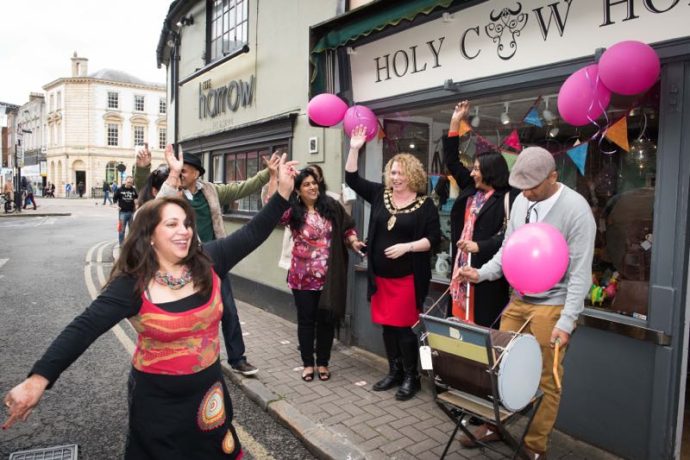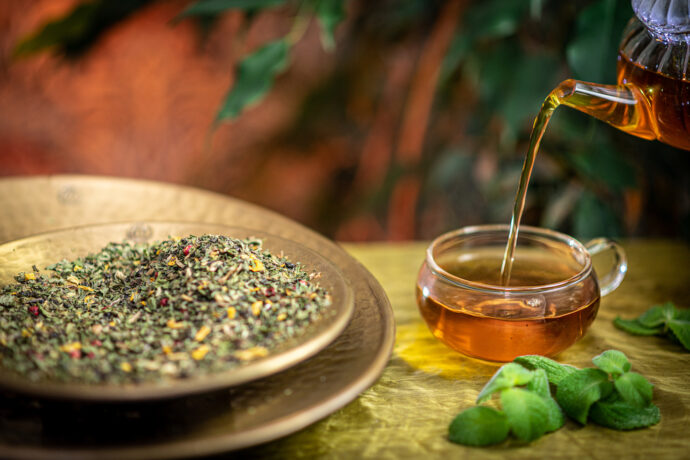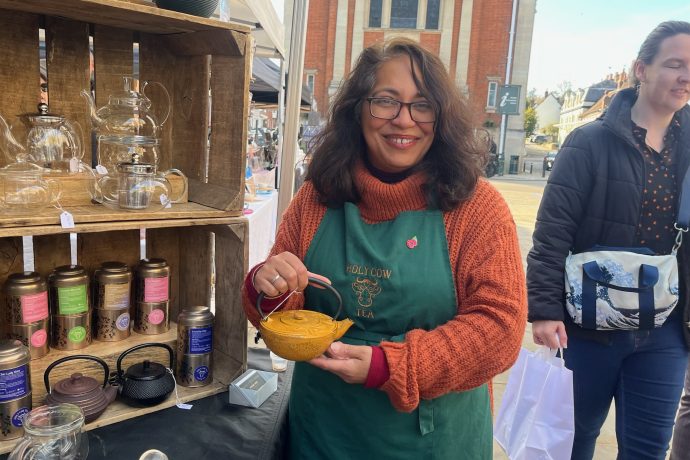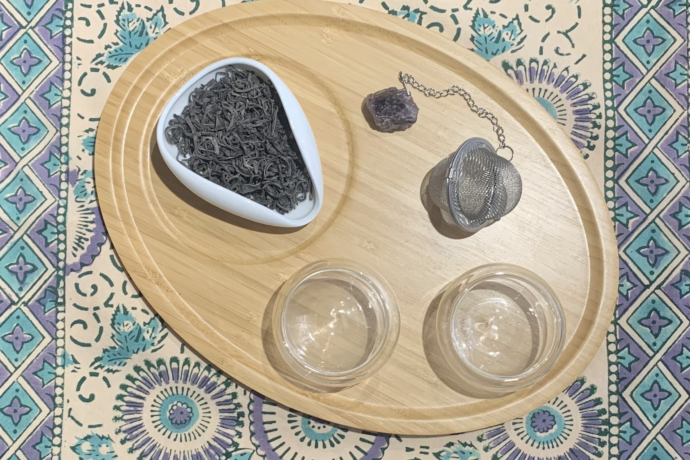In modern life, tea is a quick, convenient beverage. However, the serving and drinking of tea has long been a ritual. This warming drink signified coming together for conversation, calm and comfort. Whether visiting family, enjoying an afternoon tea or being part of a traditional tea ceremony, the teapot was at the heart of the experience.
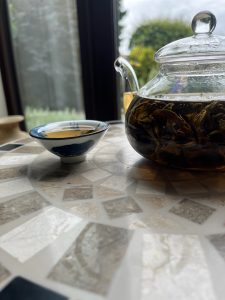 Brewing Tea in a Pot
Brewing Tea in a Pot
The fine ‘dust’ particles in a teabag quickly release the colour and flavour in the cup. Yet, this isn’t the case with quality tea leaves. Handpicked, rolled and dried, they need time seeping in hot water to unfurl and release their flavour, colour and aroma. It isn’t instant, but this time to pause is part of the joy of enjoying a cuppa.
A pre-heated teapot, time for infusion and a pour (which aerates the tea as it reaches the cup) all add to the flavour. This also allows you a moment out of the rush of life and an opportunity to savour the taste and the warming feeling. Add friends or family for a simple gathering at the happiest or saddest of times.
A Brief History of the Teapot
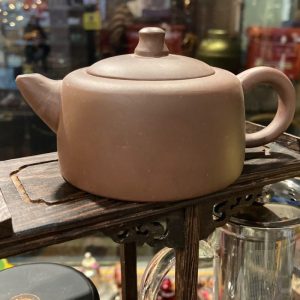 Chinese Clay Teapots
Chinese Clay Teapots
As the teabag is a relatively recent invention, the teapot has been part of the tea experience for centuries. As tea originated in China, it is no surprise that this is where the earliest teapots were made. In China, hand-fired purple zisha clay was widely used to make pots. These small, stout pots were effective at retaining the heat.
These early designs inspired Yixing Ware, unglazed, dark clay Chinese teapots, which are still widely used today. These teapots are rinsed out but never washed after a brew. That’s because the clay absorbs the flavour of the tea, which builds up over time and enhances future cups.
Decorative Japanese Teapots
In Japan, porcelain was widely favoured for teapots and cups. These dainty vessels were decorated with paints or richly coloured enamels, which added to the beauty of the traditional tea ceremony. When these first reached Europe, they were highly desired by the elite classes, who were the only ones to afford tea at the time. Silver gilt details were often added to tea sets as a means of covering cracks and chips that had occurred during transportation across the oceans.
Warming Dutch Teapots
In the Netherlands, teapots were typically made in the iconic blue and white tin-glazed earthenware, known as Delftware. They were often accompanied by a teapot stand, which held a small burner to keep the pot warm.
Indian Chai Kettles
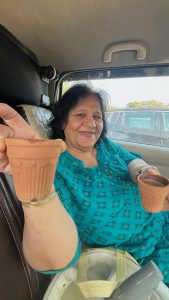
My mum on our recent trip to India with Chai in Terracotta cups
In India, larger metal teapots, known as Chai kettles, were used to infuse tea and spices. From these many small terracotta Kulhad cups were filled. These vessels were handmade by skilled potters who could produce 20-30 cups an hour. When the trains were introduced to India, travellers were served Chai in returnable glass cups. I have memories of this from childhood trips to visit family in India.
British Teapot Styles
Early British teapots were slim, tall and made from silver. As metal is an effective heat conductor, the designs incorporated a bone, wood, leather or ivory handle. These began as simple forms with engraved details, but evolved to include nature-inspired details that showcased the craftsmanship of makers.
By the 1900s, Staffordshire potters were producing ceramic teapots, including the popular Creamware tea services and the rounded Brown Betty, which gave the leaves more space to unfurl and move in the water. Companies like Wedgewood were also adding decorative painted designs to teapots, and by the Victorian era, a love for the bizarre led to the rise of the novelty teapot.
The End of the Teapot?
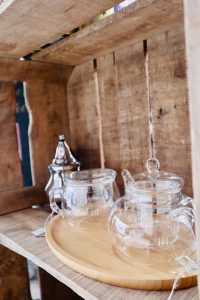 Most of us recall grandparents making a pot of tea, even when using teabags, but in modern society, speed and convenience saw the end of the teapot as a standard household item. A quick brew in the mug or even takeaway cup is how many drink their tea. However, a growing interest in loose leaf teas from around the globe is resulting in a resurgence in the desire for a teapot.
Most of us recall grandparents making a pot of tea, even when using teabags, but in modern society, speed and convenience saw the end of the teapot as a standard household item. A quick brew in the mug or even takeaway cup is how many drink their tea. However, a growing interest in loose leaf teas from around the globe is resulting in a resurgence in the desire for a teapot.
I use glass teapots with integrated strainers for my tea tasting experiences. I believe that glass enhances the experience, as you can see the colour changes as the tea leaves infuse. However, I like to use a more traditional style Chinese or Japanese tea set when we have guests at home, as these are always admired and often become a talking point.
5 Notable Contemporary Teapot Designers
In 1965, British silversmith David Mellor won the Design Centre Award for his teapot called Pride & Embassy. He was then asked to create a full tea service in his simple, elegant style, which was used in every British Embassy in the world.
Clarice Cliff is renowned for her brightly coloured ceramics in the Art Deco style. She produced tea sets in many of her popular nature-inspired designs.
Marianne Brandt was a leading female designer in the Bauhaus movement. She is noted for creating MBTK 24, a stylish, geometric silver and ebony teapot that perfectly blends aesthetics and functionality.
Design company Native & Co drew inspiration from Chinese traditions when they designed a range of clay teapots for different types of Oolong tea. Each of the five pots in the range is made from a different type of clay, which is said to bring out the flavour of the specific tea for which it is designed. So, this appeals to the sense of taste, as well as sight.
Makiko Nakamura designed a highly decorative teapot for the 2011 London Design Festival. Made from white ceramic and embellished with 3D flowers, it resembled a delightful wedding cake.
Still a Place for a Teapot
I appreciate that we all live busy lives, and a quick cuppa is convenient. However, modern lifestyles make it all the more important to occasionally take the time to press pause and enjoy a simple pleasure. Whether home alone or with guests, brewing quality loose leaf tea in a pot, giving it time to infuse and then savouring the flavour is a treat. For this reason, I think there is still a place for a teapot in our cupboards.

